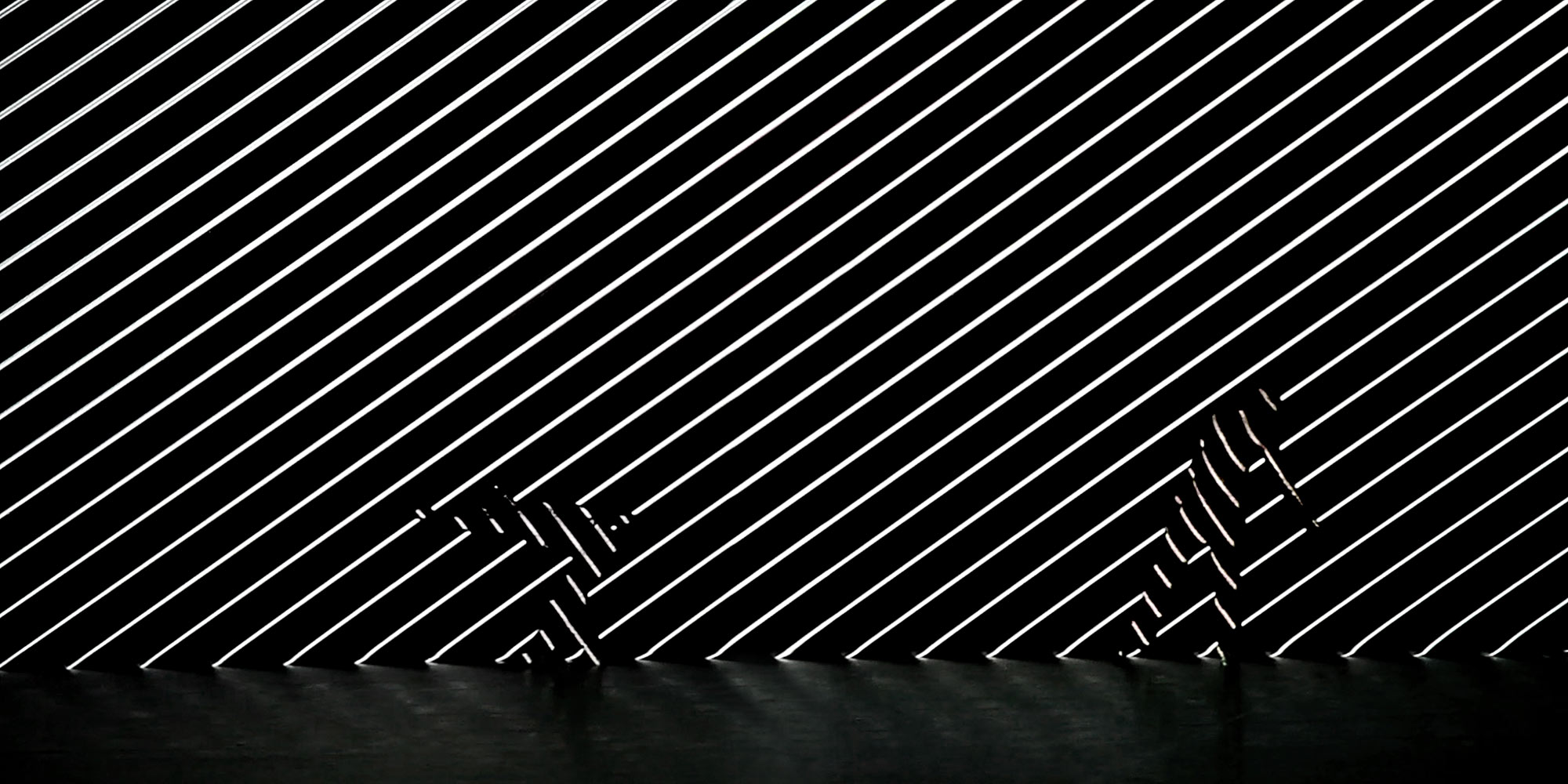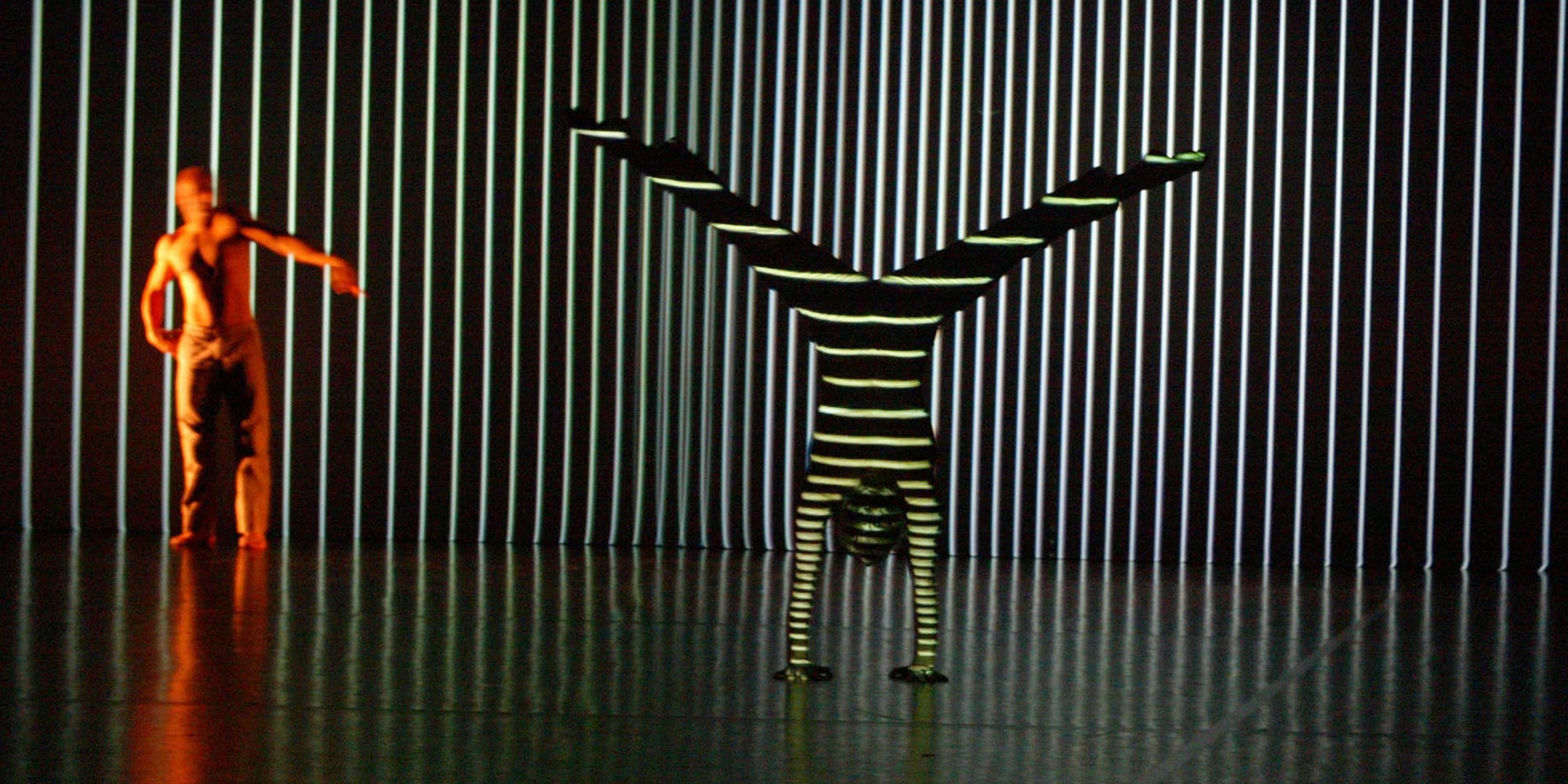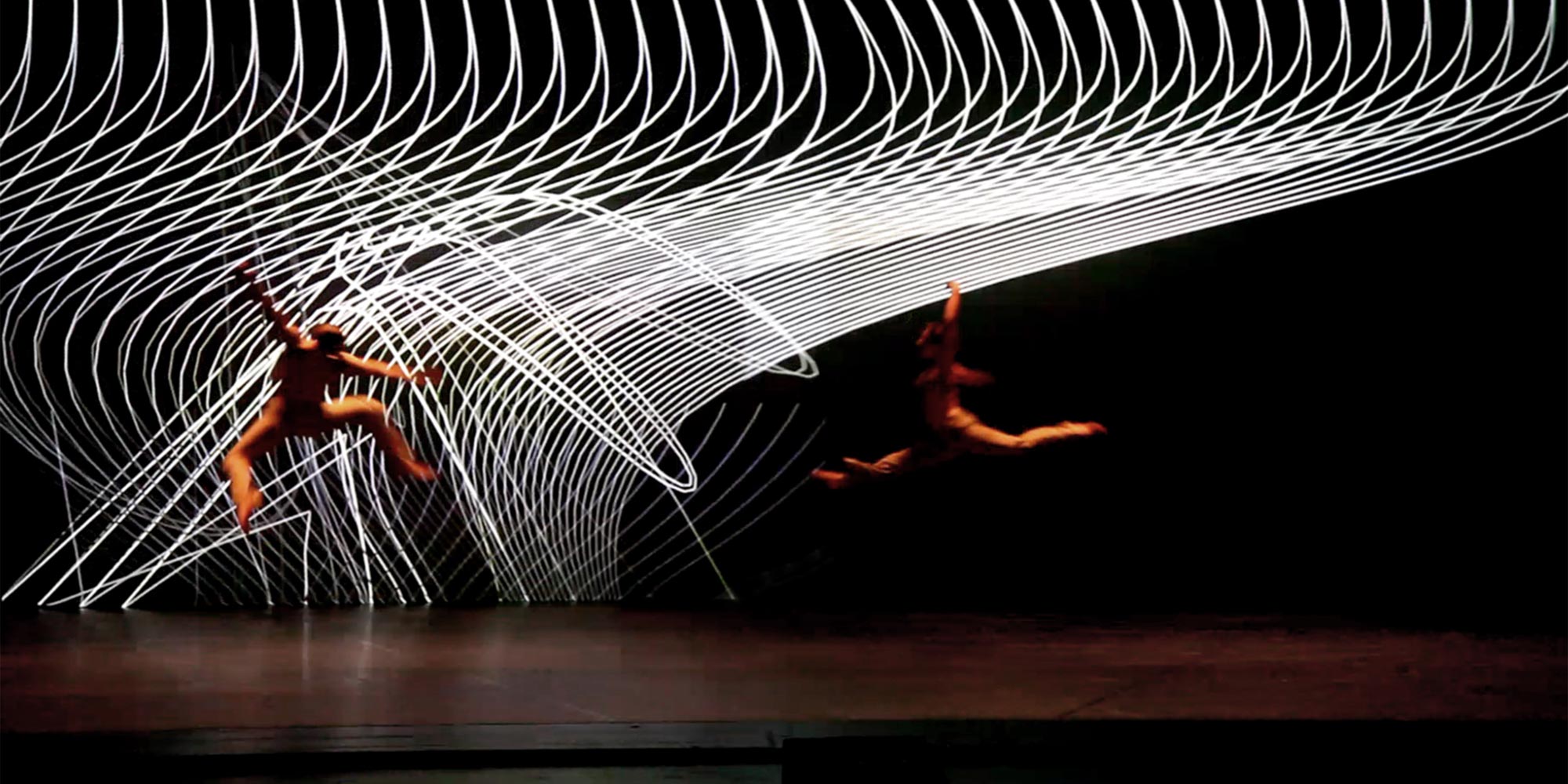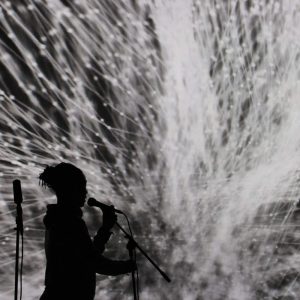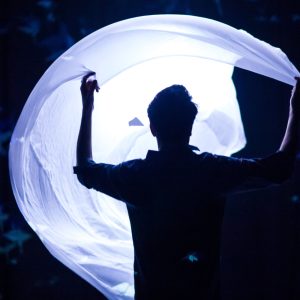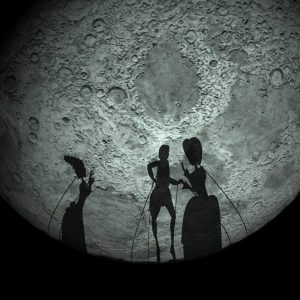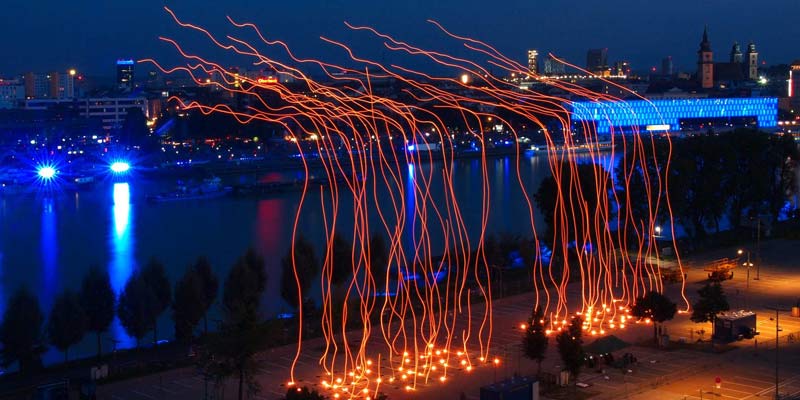With cutting edge creative technology developers, Apparition was a compelling dance and media performance for the stage that successfully integrated interactive sensor and tracking technology in innovative ways to give the dancer the possibility to interact with and control the image and the musical environment. A new project of the award winning composer and media artist Klaus Obermaier in cooperation with Ars Electronica Futurelab.
The creation of a performance work for the stage involved a complex interplay between many factors including the performers’ physicality and the dynamics of emergent choreographic forms. To closely reflect this, the real-time system for generating visuals developed for Apparition were built on top of computational processes that model and simulate real-world physics. The inherent kinetic properties of these simulations inspired our view that the overall interactive system was much more than simply an extension of the performer, but is a potential performing partner. The independent behavior of the physical models for example were not ‘controllable’ by the performer, but could be influenced by his or her movement. This interplay between dancer and system and how one begins to understand the properties of the other were crucial to the conceptual and aesthetic development of the work; helping give shape to the choreography and underpinning its dramaturgy.
The camera based motion tracking system developed for Apparition used complex computer vision algorithms to extract the performer’s moving outline/ shape from the background to provide constantly updating information for a body projection as well as qualitative calculations of certain motion dynamics, e.g. speed, direction, intensity and volume. The information derived from these calculations were assigned dynamically to the real-time generation of visuals that were projected either directly back onto the body and/ or as large-scale background projection. The precise synchronisation of projections on the background and the bodies resulted in the materialization of an overall immersive kinetic space / a virtual architecture that could be simultaneously fluid and rigid, expand and contract, ripple, bend and distort in response to or an influence upon the movement of the performers.
Credits
Idea, concept, direction, visuals, music: Klaus Obermaier
Concept, interactive design, technical development: Peter Brandl, Christopher Lindinger, Jing He (Ars Electronica Futurelab), Hirokazu Kato (Osaka University)
Choreographer and performer: Desirée Kongerod, Robert Tannion
Dramaturgy: Scott deLahunta
A co-production of Ars Electronica Center Linz, South Bank Centre London and Singapore Arts Festival.
Realised in the framework of DAMPF_lab, a joint project of tanz performance köln, Animax Multimedia Theater Bonn, V2_Lab Rotterdam, Ars Electronica Futurelab Linz.
With the support of the Culture 2000 programme of the European Union.
Mit freundlicher Unterstützung von Posthof Linz, CCL – Choreographic Centre Linz und Landestheater Linz
Related Projects
Take a look at some of our other projects
From our never-ending list of ideas and concepts we have compiled a selection of works related to the topics addressed in this project. An overview of all our productions, cooperations and projects can be found in our continuously growing project archive.
